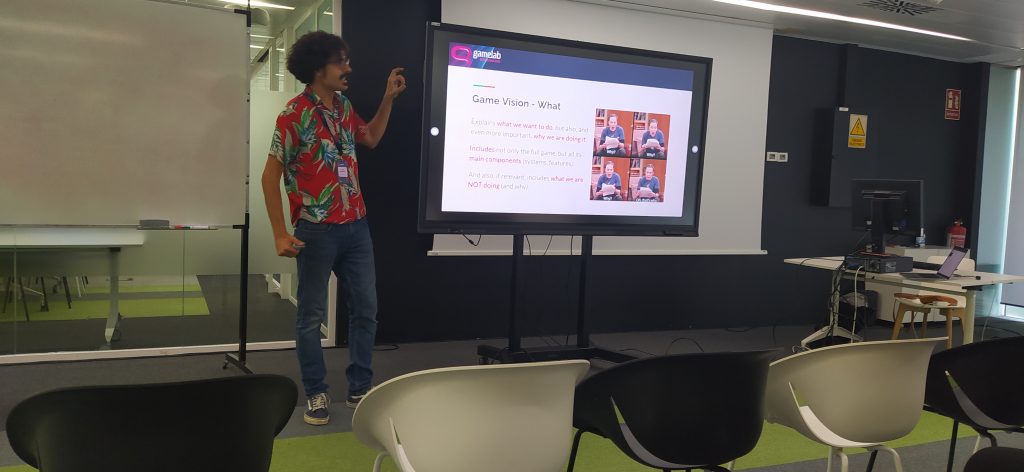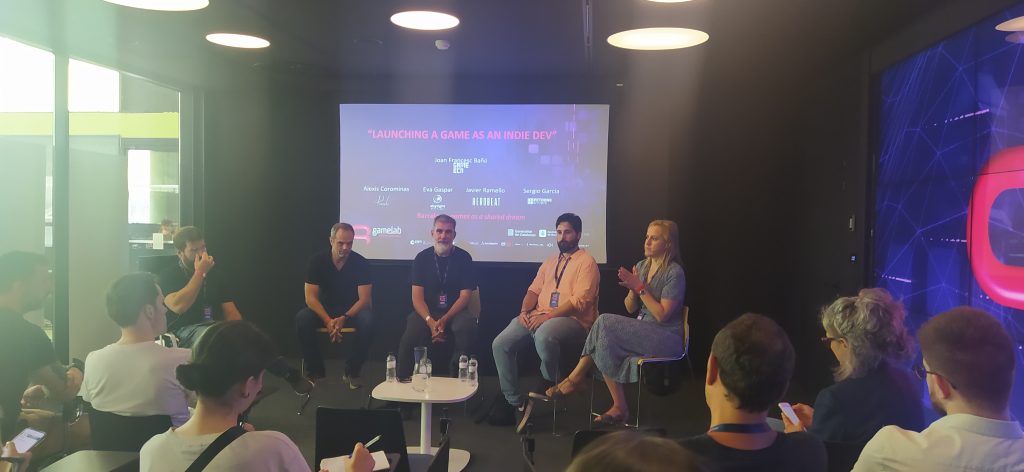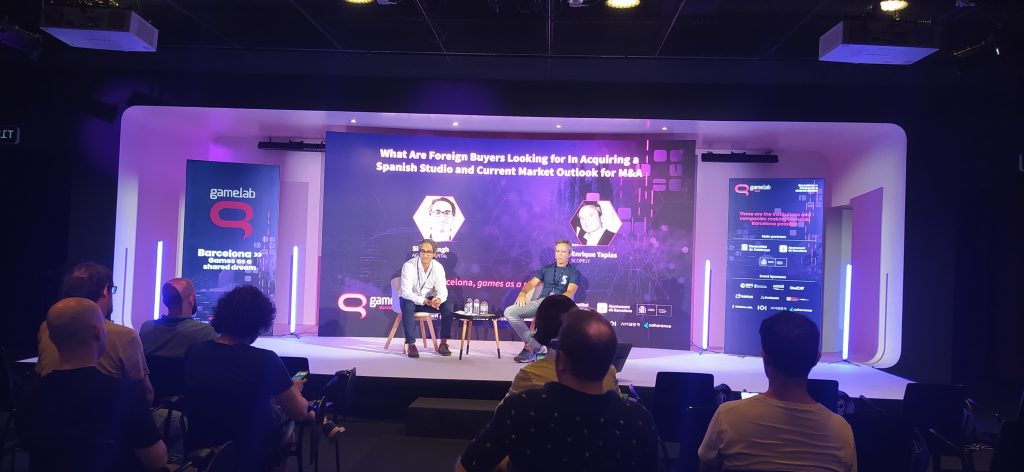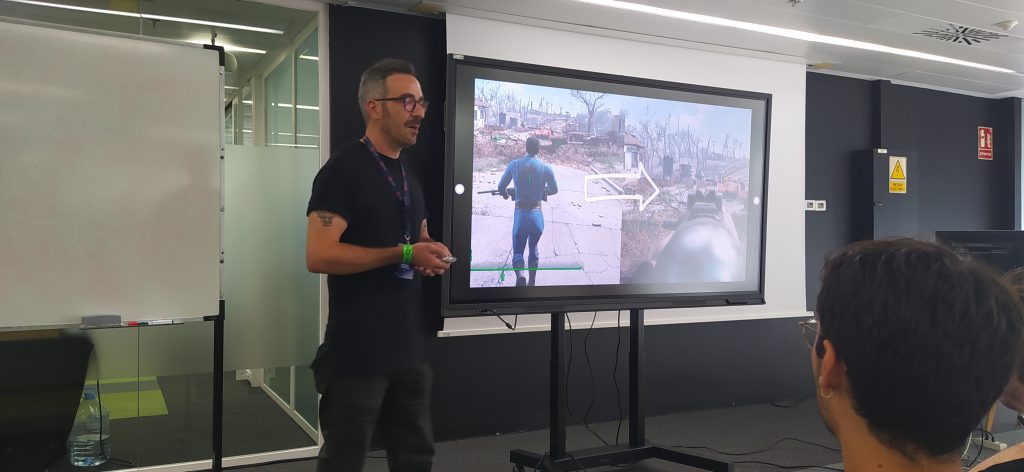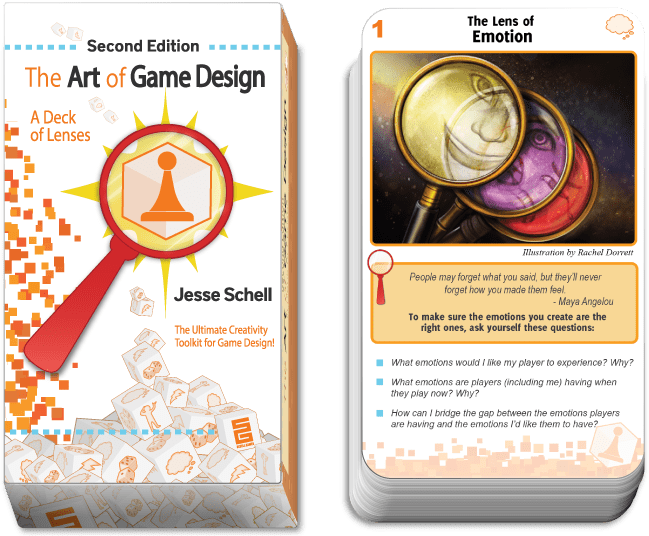Genre
style or category of art, music, or literature.
target
a person, object, or place selected as the aim of an attack.
quality
the general excellence of standard or level.
(oxford language)
Often times I have a discussion around the concept of game genre and game target audience. Usually, the people involved with the business side change the cards on the table. But game design has its literature and history. This post is to clarify two simple concepts.
The game genre
The easiest way of thinking in the game genre is to look at yourself when you are looking for a game to play.
- Do you want to relax? run a puzzle game on your mobile phone
- Do you want a great story? You have the new JRPG available for your console
- Do you need some challenge? A racing game can do the job.
The genre of a game defines its style or category, not its business model or the time to complete a session.
The game target
Everyone knows that we make games for an audience. The world of marketing and advertisers classifies that audience demographics. As game developers, instead, we focus more on behaviors and needs. One point of touch is the time we expect our Players will have to play the game.
- If the players will have very little time, to relax: casual games
- If the players want to release some stress for 40-60 minutes, also engage with other people: mid-core games
- If the players want to escape reality for a while and focus on a set of challenges: hardcore games
The target of a game defines the motivations and time that the Players should spend in it, not its genre.
The game quality
According to the scope and the context, we can afford to make games of a certain quality standard. The quality of a game is often the point of touch between the industry and its players:
- mobile game: they need to be lightweight and very accessible, so they often present pizzazz UI and simple visuals
- Indie games: they are an achievement to show to the World. They don’t need super high production, also if visuals are very important for their success
- AA games: they come from independent studios that have been backed by a bigger publisher.
- AAA games: produced and distributed by major-sized publishers, Players expect very high quality.
The game quality defines from one side the context capability of the development team. On the other side, the standard of excellence that Players have come to expect. Players have concrete expectations of quality and quality is not comparable. You cannot compare indie with AAA, there is nothing to compare. You can compare AAA with AAA and have meaningful conversations. Every quality has its own set of standards.
Conclusion
The top companies I see out there specialize in a single genre and a single target. When they grow, they may want to expand to other qualities.
- Your Players will never look for a “hyper casual game”. They will look for “something to play while I am on the bus”.
- Players may want to know about the next AAA games coming out. The new Zelda game came out. Oh, but I have no time for such a big game right now.
- Players don’t care if the menus of that mobile puzzle game have basic colors. But they can quit if the loading times among levels are too high.
- If your AA game has not the right standard, some Player can complain that looks like a mobile game!
